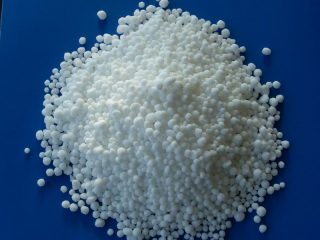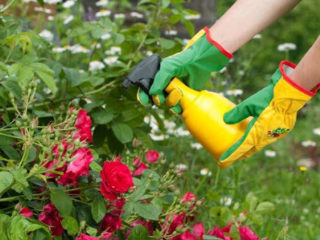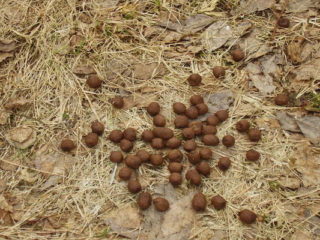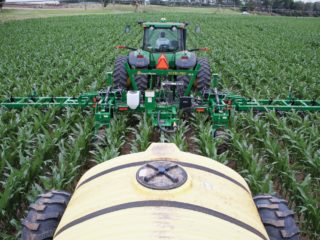Content
Instructions for the use of Borofoska provides for the use of the product for all vegetable, flowering and ornamental crops. The elements that make up the product are necessary for berry and fruit seedlings. The mixture is used for growing seedlings, applied at planting for better survival and rapid growth of the root system.
Properties and composition of Borofoska
For a full-fledged growing season, the plant needs mineral and organic fertilizing. The use of Borofoska in the garden as a fertilizer is due to the composition. The main active macronutrients are potassium and phosphorus, the auxiliary ones are calcium, magnesium and boron. These substances are involved in all biological processes in plants.
The composition of Borofosk fertilizer in percentage is as follows:
Calcium carbonate | 20% |
Phosphorus pentoxide | 10% |
Potassium oxide | 16% |
Boron | 0,25% |
Magnesium oxide | 2,5% |
The agent is used in the process of growing seedlings and during the further growing season of seedlings. It is also effective for ornamental crops during flowering. Can be used at the beginning of the growing season and in autumn. The combined application of Borofoska and peat improves the quality of the soil, enriching it with organic elements, and acidifying the composition.
The chemical is used as an ameliorant to normalize the composition of soils.
Influence of Borofosk fertilization on plants
Borofoska belongs to potassium-phosphorus fertilizers. These elements are needed by crops in unlimited quantities. But each substance in the composition of the product has its own role in the development of plants.
Potassium, which accumulates in the cytoplasm, has a number of functions:
- becomes a supplier of nutrients at the cellular level;
- normalizes the absorption of water and its transportation throughout all parts of the plant, from the root system to the inflorescences;
- for fruit, berry and vegetable crops, this element is necessary during the ripening of fruits, it contributes to the accumulation of starch and sugars;
- the deficiency reduces the degree of resistance to stress and resistance to infections.
Exposure to phosphorus:
- affects reproduction, without this element the flowering cycle is incomplete, due to which the yield decreases sharply;
- it is heavily consumed by plants during the formation of the root system;
- provides increased growth and fruiting. It is necessary for the development of seedlings, its main consumption takes place at the initial stage of the growing season, phosphorus accumulates in tissues.
Calcium stimulates enzymatic activity by increasing the viscosity of the cytoplasm and improving its permeability. The plant fully develops and blooms profusely.
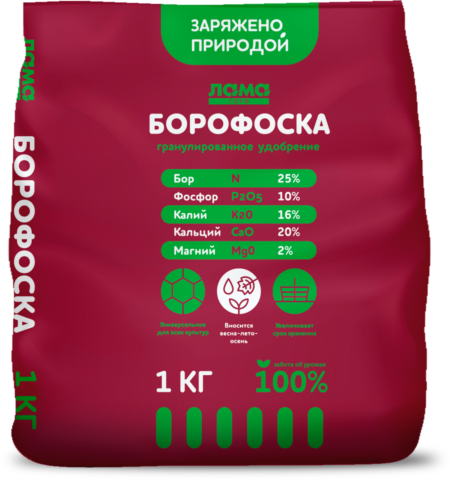
Boron and magnesium are necessary for crops, but in limited quantities, in Borofosk these components are in the optimal dosage
Magnesium, which is part of chlorophyll, is one of the important structural elements. Thanks to this substance, the molecular basis of ascorbic acid formed in fruits and tissues becomes more stable.
Boron is needed for the growth of cultures, it participates in cell division, promotes the formation of flowers, the formation of pollen, which is necessary for further fertilization.
Advantages and disadvantages of using Borofoska
Fertilizing Borofosk according to the instructions for use will not harm the plants. The product has no drawbacks, the only caveat is that it is undesirable to use it on acidic soils.
Benefits of Borofoska:
- optimal ratio of constituent components;
- the elements are in an easily digestible form;
- the drug does not accumulate in the soil, therefore it does not impair its quality;
- phosphorus is not washed out from the soil, but at the same time it is completely absorbed by plants;
- does not contain chloride compounds;
- prevents the accumulation of nitrates, heavy metals in fruits;
- provides full vegetation, flowering and fruiting;
- increases the resistance of the immune system;
- lowers the alkaline reaction in the earth.
The product can be used for all types of plants.
Ways to use Borofoska
The standard version of Borofoska does not contain nitrogen, but there are varieties of the product where this element is present. The nitrogen-containing mixture is not used before winter, when sap flow slows down in crops. Depositing funds can provoke a resumption of growth. In other cases, the use of Borofoska as a fertilizer in the garden in autumn is quite acceptable, the drug will prepare the soil for the next season. For fruit trees and berry bushes, this measure is necessary, since the product will protect the root system from spring temperature extremes.
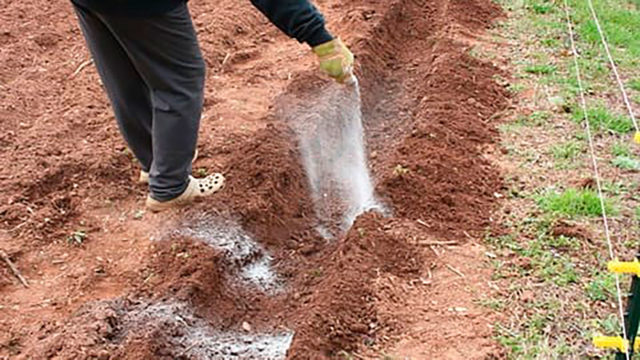
Borofoska is introduced while digging the soil, the granules are embedded about 10 cm into the topsoil
At the end of the growing season, the time of using the complex does not matter. In the spring, it is not advisable to add the substance immediately after the snow melts. The optimal time for feeding is the period of growing green mass or the beginning of budding. For fruit crops, Borofosk is necessary at the moment when the ovaries are formed. They use only root dressing, you can combine the process with watering or make a working solution.
Consumption rates of Borofoski according to the instructions for the preparation (per 1m2):
- during digging - 60 g;
- for vegetables and legumes - 70 g;
- for flowering plants - 100 g.
Shrubs and trees are fertilized with Borofoski solution, prepared at the rate of 5 tbsp. l. dry matter per 25 liters of water.
When and how to apply Borofosku for feeding
The time, method of application and dosage of fertilizer depend on the crop. For some plants, Borofosku is used in several steps, it is mandatory to use it when planting seedlings. For other crops, autumn feeding is advisable. General recommendations will allow you to find out for which plants you need a remedy, taking into account their biological characteristics.
Tomatoes
Borofosku for tomatoes is used not only throughout the growing season, but is also introduced in the fall during the digging of the beds. Tomatoes are grown in seedlings, Borofoska is also added to the nutrient substrate for sowing seeds.
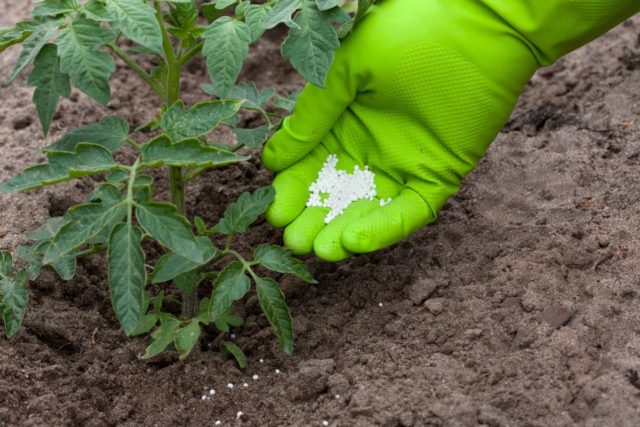
If the garden bed is prepared in spring, the granules are sealed when the soil is loosened
In these cases, use a dry product. Then a solution is made and watered at the root during planting, at the time of budding and during the formation of tomatoes.
Potato
In the Central and Middle Lane, potatoes are grown using fertilizers. Thanks to the nutrients in the tuber, the index of starch, sugars and potassium increases, the potato becomes moderately crumbly. Top dressing reduces the risk of late blight and dry rot.
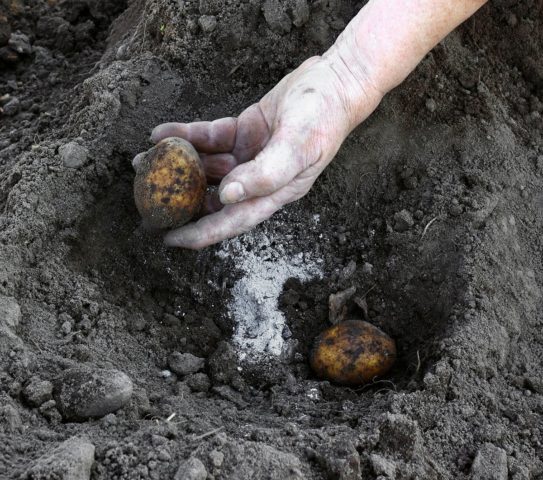
Borofoska is introduced after plowing, it can be autumn or spring, then added when planting
Strawberry
Borofoska has also found application for growing strawberries. The product is environmentally friendly, does not accumulate in fruits.After use, the berry becomes large and sweet. The berry culture is fed during flowering, then after 10 days and at the moment when the ovaries appeared. Fertilizer is bred and watered on strawberries.
Grapes
Grapes are a perennial berry crop with a powerful mixed root. Autumn feeding with Borofoskaya for adult grapes does not make sense. If the plant is young, it must be mulched, the granules can be added to the material and cover the root circle. Use the remedy in the spring after the leaves appear, and also watered with the solution during flowering.

When the berries ripen, the vine is sprayed completely
Roses
Rose is a culture demanding on the composition of the earth; it grows poorly on alkaline soil. Therefore, fertilizing the bushes is vital. In the spring, they are fed with nitrogen means. During budding, watered with Borofoski solution, then feeding is continued every 6 days (the entire flowering cycle).
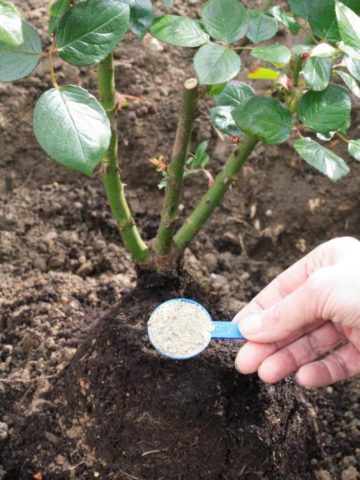
The granules are applied while loosening the soil
Fruit and berry crops
If the plant is mulched before wintering, the agent is added to the mulch.
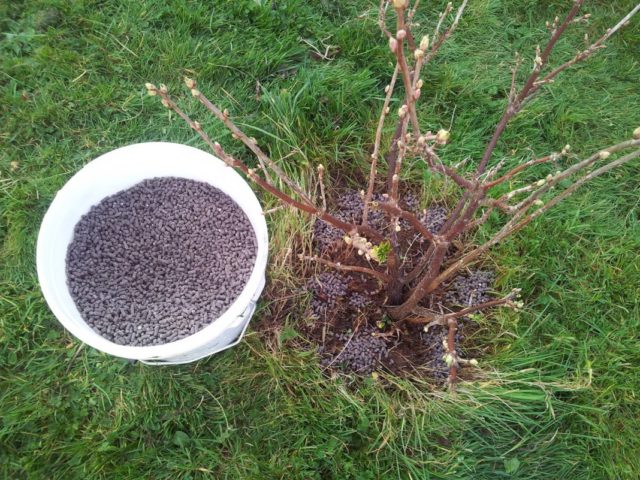
In the spring, during the loosening of the soil, the granules are closed
During flowering, they are watered with a solution, when the ovaries are formed, the procedure is repeated, the last time the plants are watered when the fruits reach technical ripeness.
Flowers and ornamental shrubs
Perennial crops are fertilized during water-charging irrigation. The root system optimally stores water and tolerates frost better. In spring, shrubs are watered with Borofoski solution during the formation of leaves, and also applied at the root during budding and the entire flowering period.
Flowers are fed during the flowering period during each watering. If the culture is grown by seedling, the agent is added to the seedbed.
Can I combine with other fertilizers
It is recommended to mix Borofoska with peat, from which the effectiveness of the product increases by 25%. The composition is combined with organic matter, superphosphate, nitrophosphate. In the spring, you can use fertilizer in combination with nitrogen-containing agents; this mixture is not suitable for autumn. It is undesirable to use with urea, since the effectiveness of Borofoska drops sharply.
Conclusion
Instructions for use Borofoski recommends using the product at any stage of plant development. Fertilizer increases the taste, yield and speed of vegetation of vegetable, berry and fruit plants. The drug is laid in the ground in the fall or spring during the digging of the beds. Add to the material mulch for shrubs with a decorative appearance. The solution is poured over flowers, vegetables, berries, fruit trees.
